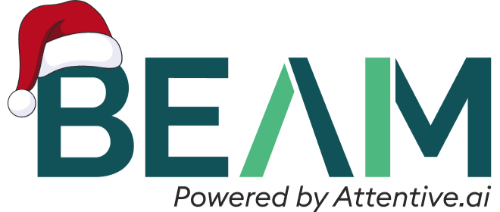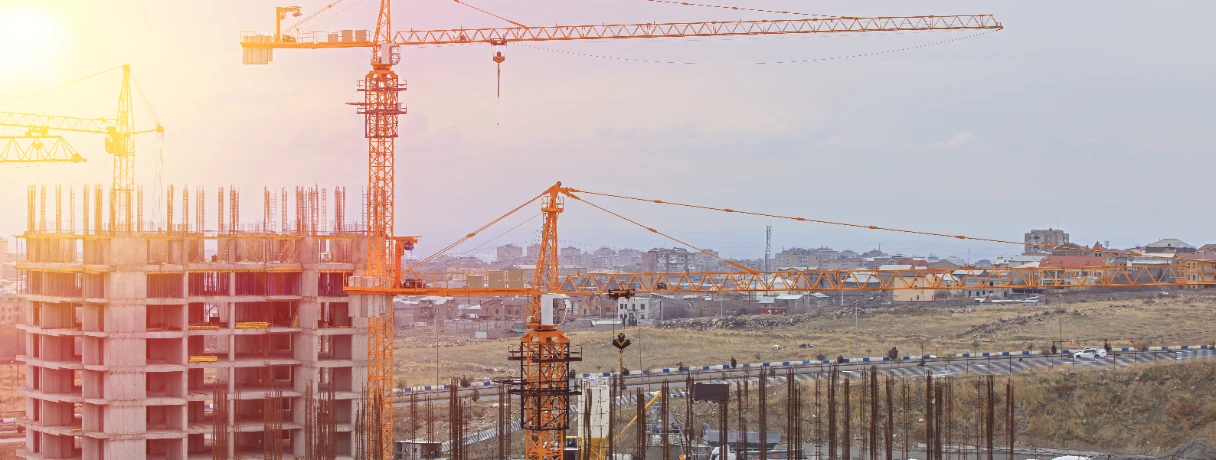You open a plan set, and the clock starts ticking. The question is simple: What do you count, and what do you buy?
That’s the heart of quantity vs material takeoff. Get it right, and your bid stays tight. Get it wrong, and you’ll spend the week fixing mistakes.
This guide breaks down both terms, shows how they work together, and explains how modern tools like Beam AI make takeoffs faster and more accurate.
Understanding Quantity Takeoff (QTO)
What is Quantity Takeoff?
Quantity Takeoff (QTO) definition: It is the process of measuring and listing all materials required for a project, expressed in counts, lengths, areas, and volumes.
It’s more than just counting items. Estimators carefully review plans and specifications to calculate every quantity.
Example:
- How much concrete is needed for the foundation
- How many bricks for the walls
The goal is to list everything clearly so you can build an accurate budget and plan your resources.
Key Elements of QTO
- Material Quantities: Identify exact quantities of materials — from cubic yards of concrete to the total number of outlets.
- Detailed Project Analysis: Review drawings and specs to make sure nothing is missed.
- Resource Allocation: Align materials and resources with project dimensions for accurate planning.
Why Quantity Takeoffs Matter
- Accurate Cost Estimation: QTO forms the base for realistic budgets and competitive bids.
- Better Resource Planning: Helps schedule materials and avoid project delays.
- Cost-Savings: Knowing exact needs allows for bulk discounts and better material choices.
Understanding Material Takeoff (MTO)
What is Material Takeoff?
Material Takeoff (MTO) involves compiling a detailed list of all materials required for a construction project, including their types, quantities, and specifications.
While QTO measures quantities, MTO focuses on what exactly to order.
Key Elements of MTO
- Exact Material Counts: Lists every item — from steel beams to paint cans.
- Material Specifications: Ensures the right grade, size, and type meet quality standards.
- Drawing Analysis: Reviews drawings carefully to capture all material details.
Why Material Takeoffs Matter
- Procurement Planning: Ensures all materials are ordered correctly and delivered on time.
- Cost Optimization: Enables bulk buying and better supplier negotiations.
- Smooth Execution: Reduces on-site delays caused by wrong or missing materials.
Quantity vs Material Takeoff at a glance
At a glance, Quantity Takeoff (QTO) focuses on measuring how much material is needed for a project, while Material Takeoff (MTO) determines what exactly needs to be ordered. Understanding the core quantity takeoff meaning helps clarify that QTO builds accurate budgets and resource plans, whereas MTO helps in procuring and staging the right materials. In essence, QTO defines what's needed, and MTO defines what to buy — together, they form the foundation of every accurate estimate and well-managed project.
How to Do Quantity and Material Takeoffs?
The methods for QTO and MTO have evolved — from manual work to fully automated AI.
- Traditional Methods: Manual review of drawings and specs. Estimators measure, count, and list by hand. It’s slow and prone to error, but it gives a deep understanding of the plans.
- On-Screen Takeoff Software: Digital tools let you measure and mark plans on a monitor. You can adjust quantities quickly when drawings change — faster and cleaner than paper-based methods.
- AI-based Methods: AI-based software like Beam AI transforms the entire process. It reads plan sheets, identifies scope automatically, and extracts quantities in minutes. This reduces manual labor and helps teams focus on what matters — validation, pricing, and scope clarity.
How QTO and MTO Work Together?
- Start with QTO: Measure and list all materials the project needs. This data anchors budgets and labor plans.
- Then move to MTO: Specify exact products, grades, and sizes. Create a purchase-ready list for procurement and delivery.
When both are aligned, you estimate better, order smarter, and keep your project on schedule.
The Role of AI in Modern Takeoffs
AI tools are changing how estimators work. They:
- Read plans automatically
- Handle revisions instantly
- Cut down on manual errors
Beam AI specializes in automating both QTO and MTO. It delivers verified, purchase-ready lists within hours, so teams can validate, price, and order confidently. Integration with estimating and procurement systems keeps data in sync from start to finish.
The Takeaway
Quantity Takeoff (QTO) and Material Takeoff (MTO) are two connected steps in preconstruction.
- QTO gives the complete picture of what’s needed.
- MTO ensures the right items are ordered and delivered.
AI-based takeoff software like Beam AI speeds up and improves the accuracy of both steps. By understanding QTO and MTO — and using AI to handle them — construction teams can estimate better, order smarter, and deliver projects on time.

.png)











.webp)

